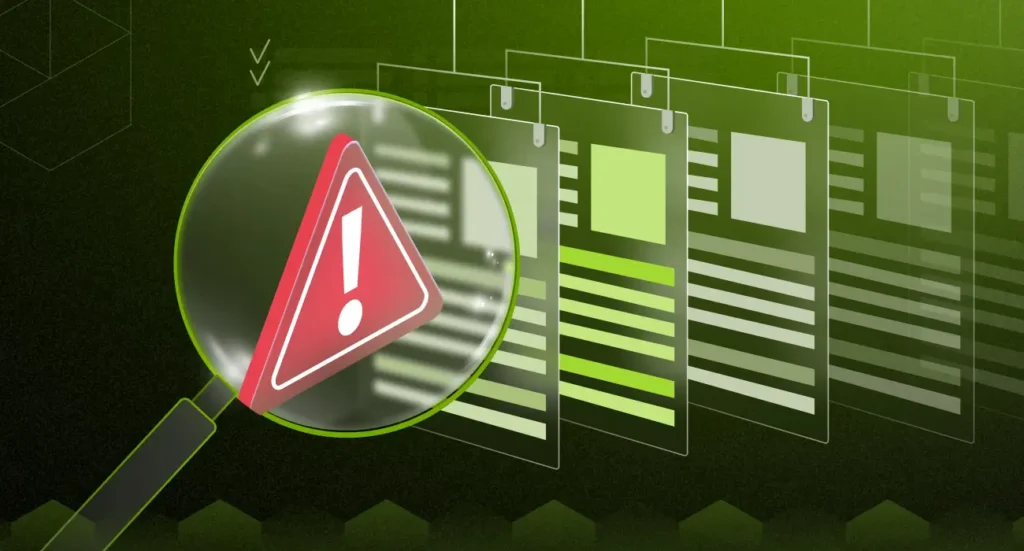In the digital age of microservices, applications no longer live in one place—they move like a symphony, where each instrument plays a vital role. But imagine trying to find which instrument is out of tune in an orchestra of hundreds. That’s the challenge engineers face when debugging distributed systems. The answer lies in distributed tracing, a tool that helps developers see the journey of a request as it flows through multiple services. It’s like switching on the stage lights to reveal what happens behind the curtain of modern software.
The Invisible Threads of Distributed Systems
In traditional monolithic applications, identifying issues was straightforward. A single codebase meant a single log file, and the path of execution could be easily followed. But distributed systems are different—they resemble a spider’s web of interconnected services, each talking to another through APIs.
Distributed tracing works like a map of these invisible threads. It tracks every request as it travels through various components—front-end, back-end, and databases—creating a complete story of how a transaction unfolds. This end-to-end visibility is crucial for diagnosing latency, bottlenecks, or errors across microservices.
For professionals eager to master such techniques, enrolling in a full stack developer course in Coimbatore can provide the foundation to understand how tracing connects the dots between services in real-world applications.
The Art of Instrumentation
To trace a request effectively, you first need to instrument your code. Think of instrumentation as tagging travellers at an airport—you assign them a unique ID so you can track their journey from check-in to boarding. In distributed tracing, each request is tagged with a trace ID, and every segment of its journey is recorded as a span.
These spans are stitched together, forming a timeline that shows how long each service takes to process the request. By visualising this data, developers can pinpoint where delays occur—whether it’s an overloaded service, a database call, or a slow external API.
Modern frameworks make instrumentation easier than ever. Tools like OpenTelemetry, Jaeger, and Zipkin offer out-of-the-box support for tracing across multiple platforms, making it possible to integrate observability without rewriting existing code.
Visualising Performance Bottlenecks
Once data is collected, it’s visualised using a tracing dashboard. These dashboards resemble a musical score—each line representing a service and each note indicating the time spent processing a request. When one note lingers too long, you’ve found your bottleneck.
For instance, if a user’s request to load their shopping cart is delayed, tracing might reveal that one microservice handling inventory data is consistently slower than others. Developers can then optimise that service or scale it independently without affecting the rest of the application.
This clarity is what makes distributed tracing invaluable in performance monitoring. It transforms chaos into structure, allowing teams to focus their efforts precisely where they’re needed.
Integrating Tracing Across the Full Stack
Distributed tracing doesn’t live in isolation—it works best when integrated across the full stack. Front-end monitoring tools capture user interactions, while back-end tracing captures the subsequent chain of service calls. Combined, they provide a 360-degree view of the system’s health and responsiveness.
Full-stack observability ensures that every request, from a button click to a database write, can be followed across layers. It bridges the communication gap between developers, operations teams, and product managers.
Advanced concepts like correlation IDs, context propagation, and trace sampling refine this approach further, ensuring that tracing data remains meaningful and lightweight even at scale.
Professionals learning through a full stack developer course in Coimbatore can gain practical experience with such integrations, understanding how tracing ties together front-end user actions and back-end performance metrics into a cohesive whole.
Challenges in Implementation
Despite its advantages, distributed tracing isn’t plug-and-play. Setting it up requires careful planning and alignment between teams. Key challenges include:
- Data overload: Collecting too much trace data can overwhelm storage systems and obscure key insights.
- Context propagation errors: Missing trace headers between services can break the trace chain.
- Sampling strategies: Deciding how much data to record without sacrificing visibility is a delicate balance.
Addressing these requires both technical skill and cross-functional collaboration—traits that define effective DevOps and full-stack teams.
Conclusion
Distributed tracing transforms the way engineers perceive their systems. It’s not just about collecting data—it’s about storytelling. Each trace narrates the journey of a request, exposing strengths, weaknesses, and unseen interactions within the software ecosystem.
In a world where microservices are the new normal, mastering tracing means mastering visibility. For developers, it’s a step toward building systems that are not only scalable but also transparent. And for teams striving to improve performance, observability isn’t just a tool—it’s a philosophy.
By embracing distributed tracing, full-stack professionals turn complexity into clarity—making sure every request plays in harmony within the grand orchestra of digital infrastructure.

